
Uncovering Opportunities for HCM Transformation.
Take the HCM system maturity test and discover new opportunities to drive business value.

Take the HCM system maturity test and discover new opportunities to drive business value.
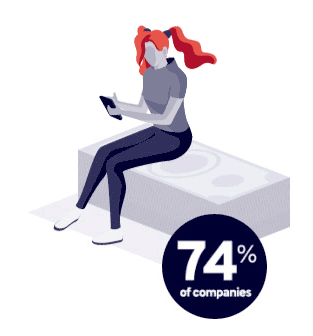
...Plan to increase spending on HR tech in 2020 to address pressing talent needs and reduce the workforce risks associated with low digital maturity
Talent Acquisition Tools

Employee Experience

Recruiting

Intelligent automation

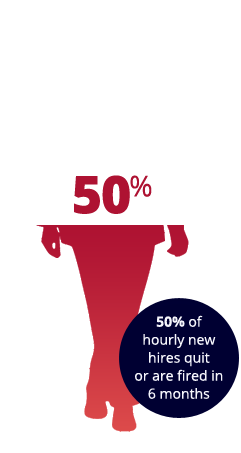
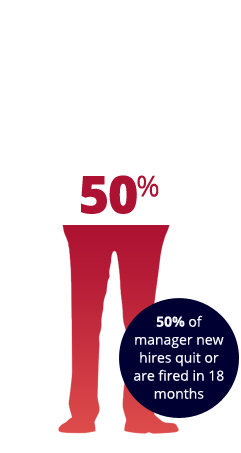
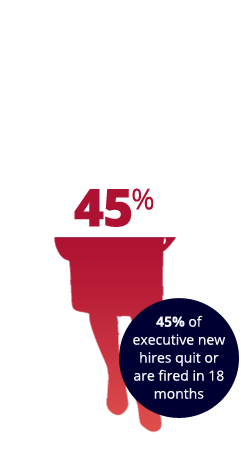
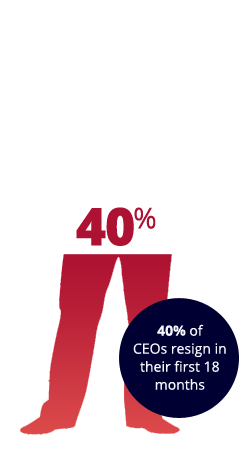
And how are you going to solve this challenge as the workforce becomes more diverse, demanding, and complex?




How managers see their HCM maturity
⬤ Excellent (39%) ⬤ Good (33%) ⬤ Average (19%) ⬤ Poor (9%)


How do you feel about the following insights from your industry?
Area 1: Data
Ernst & Young reports a cost of £3.50 for every point of manual HR data entered into a system.
On average, HR teams spend more than two full working days per month creating reports.
37% of HR and IT decision makers said that developing business insights is one of their top HR technology focuses for the next two years.

70% of integrations with other business systems should provide actionable data related to the daily actions of employees.
20% of integrations must focus on interpersonal interactions of employees with customers.
10% of integrations should bring numbers related to formal training and empirical employee performance.
Area 2: Employee Experience
The use of technology in the workplace has a huge impact on employee experience and wellbeing.

of employees have quit their job over a poor payroll experience

of organisations agree that employee wellbeing is a factor driving organisational performance

of organisations identified employee wellbeing as an important or very important priority for their success

of organisations are using technology to support wellbeing by promoting more connectivity and collaboration
Area 3: Resilience
But business uncertainty is making ROI on technology and services even more essential. There is a gulf between expected value and actual value achieved with many HCM tech projects:
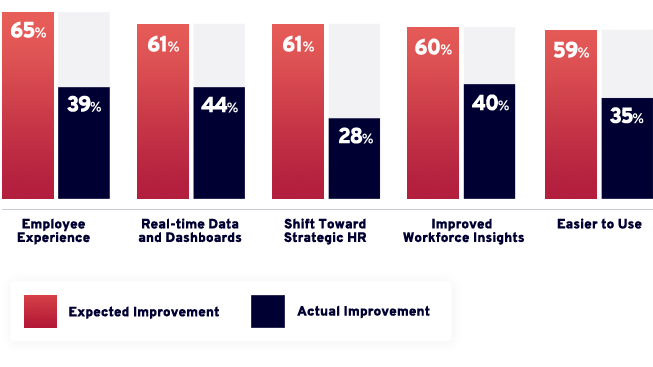
If you want to learn more about how we can support your HCM digital transformation, or to book your free HCM system health check, why not get in touch?